1/8
Hick’s Law
Takeaway
1.The more options presented to users, the longer it will take them to decide.
2.Limit choices to reduce cognitive load and improve user flow.
3.Grouping similar options can streamline decision-making.
4.Progressive disclosure (showing options as needed) can help manage complexity.
5.Too many choices can lead to decision paralysis, where users may not choose at all.
Origins
Hick’s Law comes from the research of British psychologist William Edmund Hick and Ray Hyman in the 1950s. Their experiments demonstrated that increasing the number of stimuli (choices) resulted in longer decision times. This insight has been widely applied in user experience and interface design, emphasizing the importance of simplicity and clear decision paths to avoid overwhelming users.
Credits
Share

Subscribe for the latest updates
Join 50,000 creatives to enjoy a regular dose of inspiration and motivation, delivered to your inbox every Tuesday.
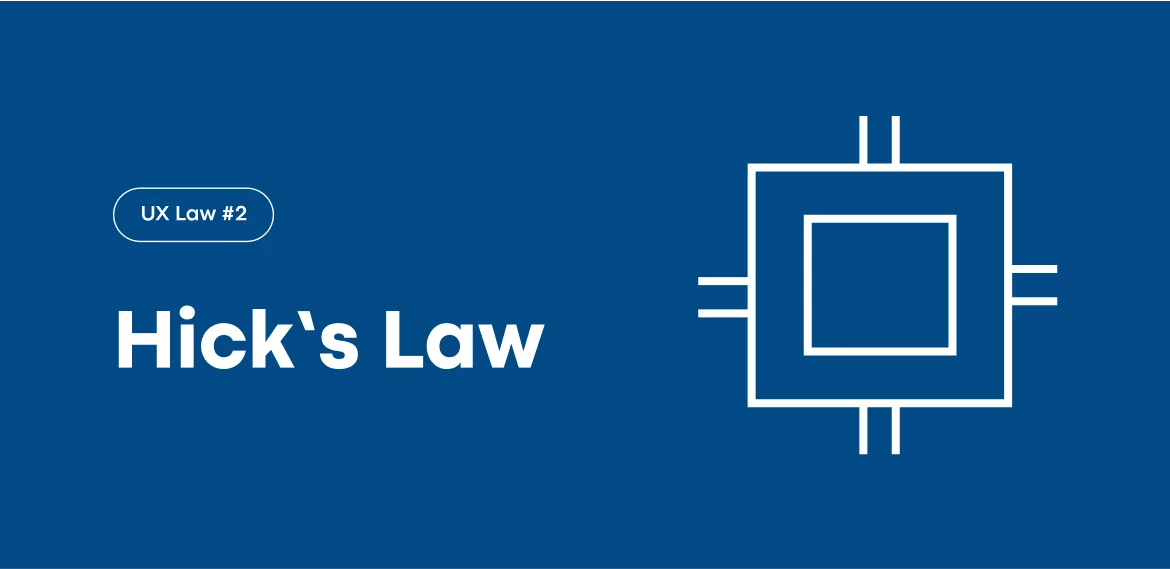
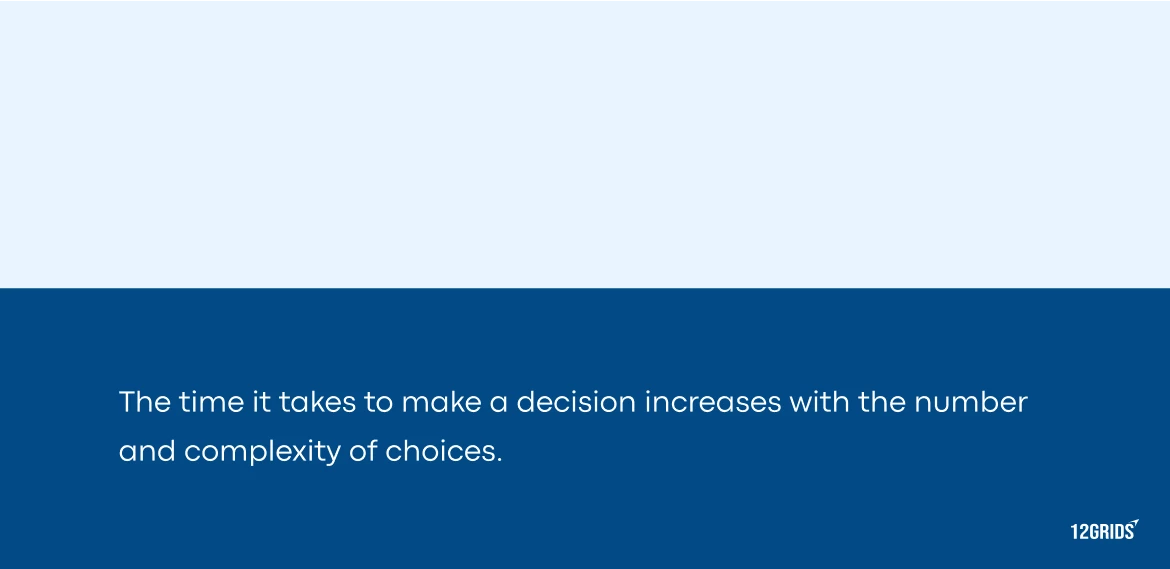
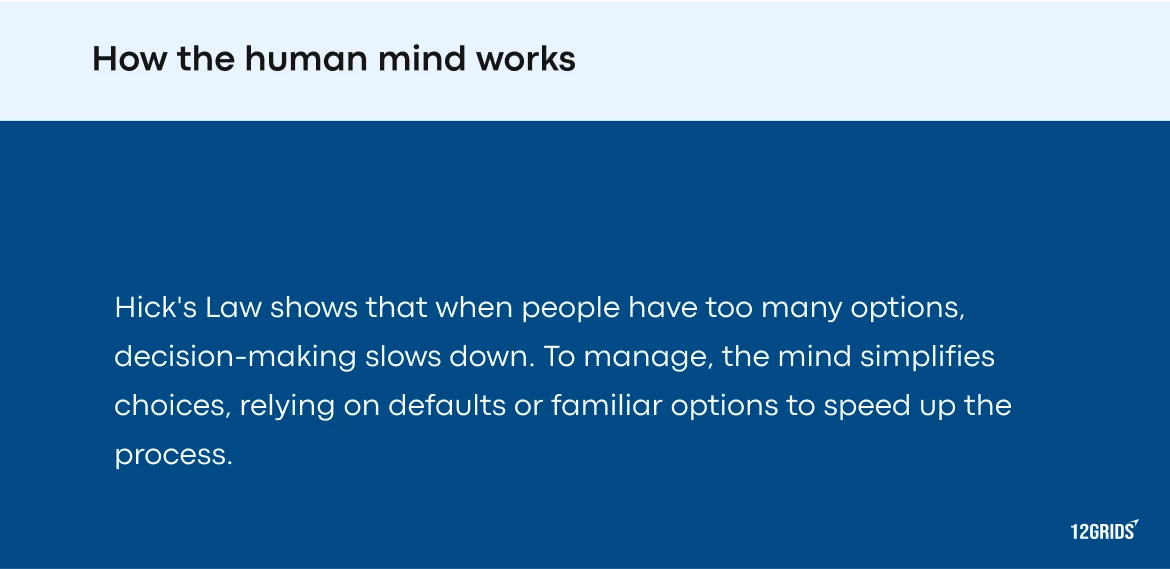

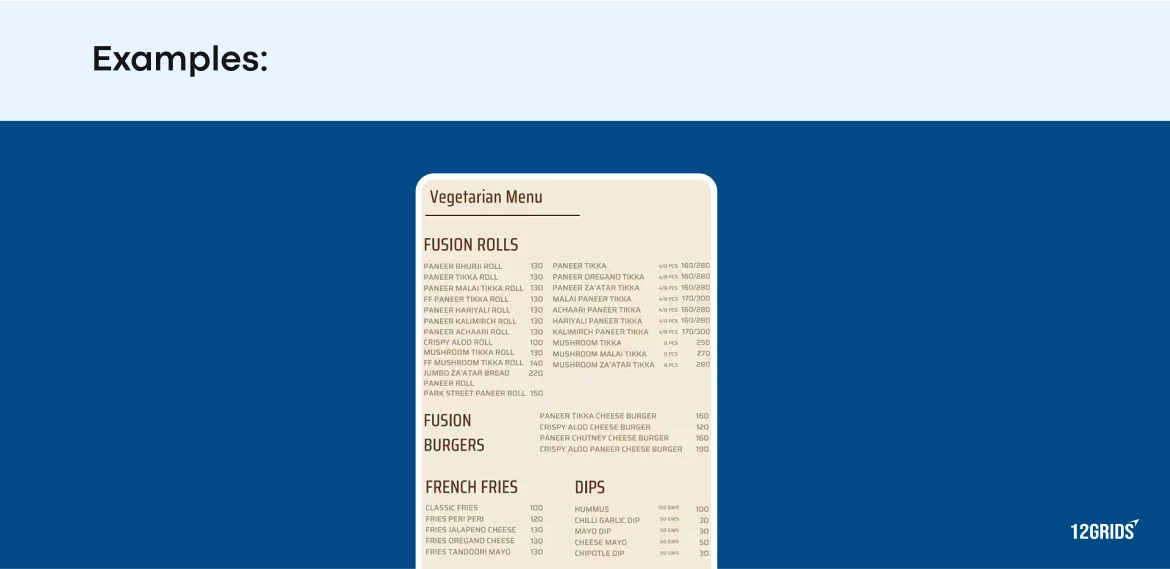

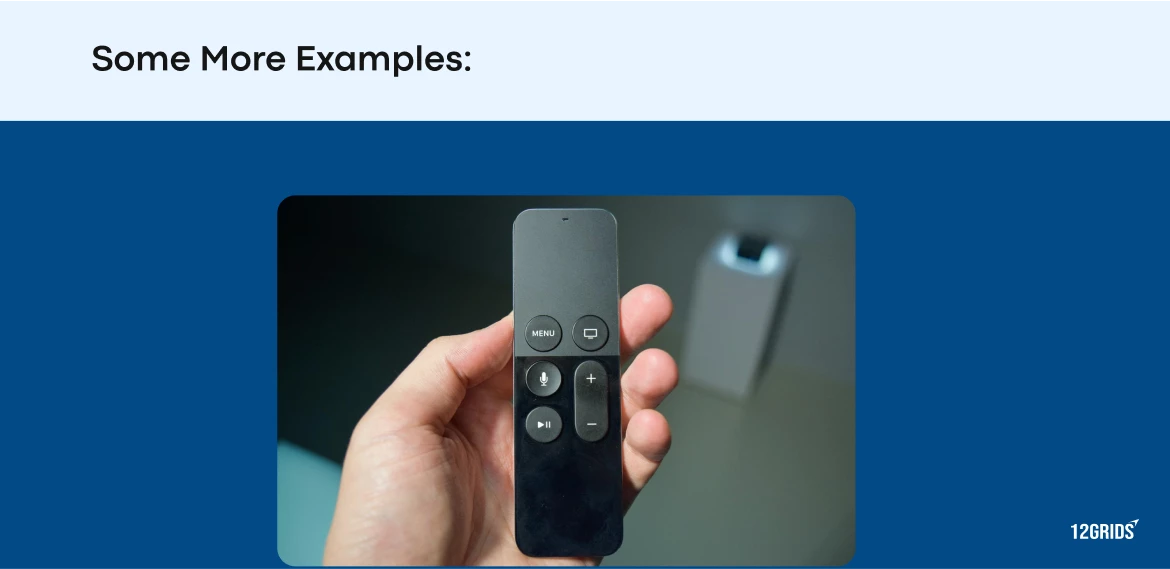
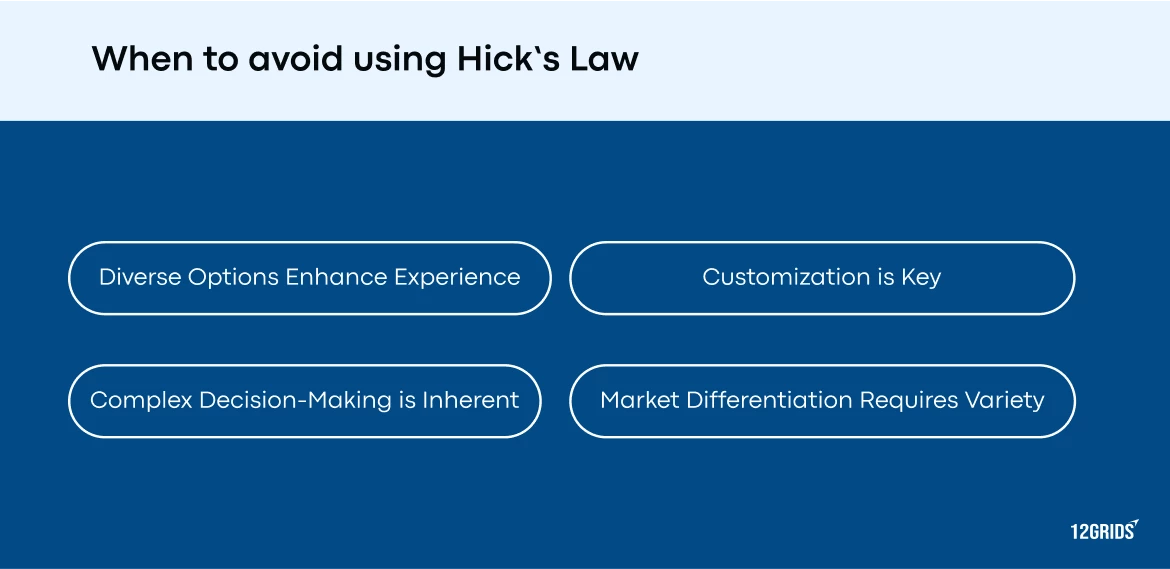

.webp)
